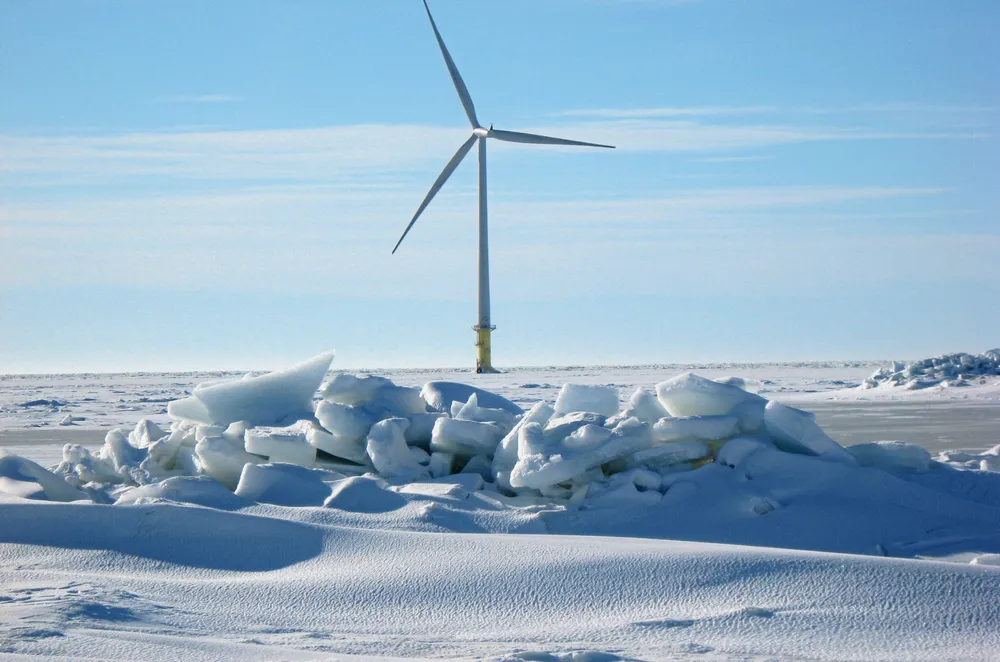Finland puts dozens offshore wind applications on ice amid legislative revision
Country is revamping rules for projects in exclusive economic zone which will lead to slowdown of development, wind power association laments

Finland has temporarily rejected 16 applications for offshore wind exploitation rights in the Gulf of Bothnia as the Nordic country’s government is preparing legislation on wind at sea in its exclusive economic zone (EEZ).
The further development of projects won’t be prohibited, but in practice, the completion of projects will significantly be slowed down due to the decision, the Finnish wind power association said.
“Project operators developing offshore wind power have invested a lot of resources in developing the projects in question,” said Matias Ollila, director of advocacy at the association.
“At this point, expectations are high for the new Offshore Wind Power Act for the Economic Zone and the upcoming tenders in the EEZ.
“It is particularly important to take care of the prerequisites for the development of domestic offshore wind power.”
One way to do this is to continue the development of a real estate tax model for offshore wind power, which was not completed during the last government term, Ollila said. The association added that the government shouldn’t wait too long for future tenders in the EEZ, because competition in the Baltic Sea region in offshore wind is fierce.
Finland previously didn’t hold tenders for offshore wind leases, and instead allocated permits for projects at sea in a kind of first-come-first-serve principle – just as neighbouring Sweden does.
Developer Suomen Hyötytuuli, which saw some of its projects rejected, defended the government’s decision as a right step towards ensuring that offshore wind in Finland is being developed according to national interests.
The legislative reform needs to ensure that offshore wind projects in the EEZ are treated equally to projects in territorial waters in terms of exploitation rights, permit processes and access rights to compensation and taxation, the developer said.
”Finland has a substantial offshore wind potential in the exclusive economic zone. To make the best use of it, we should introduce new project areas to the market in a controlled way,” said Esa Holttinen, business director at Suomen Hyötytuuli.
”Further site investigations and studies should be postponed until the specific areas allocated to offshore wind projects have been defined.
“This way, unnecessary burden to consultants and the authorities, as well as confusion among stakeholders, can be avoided.”
To ensure a sustainable path for the development of the Finnish offshore wind sector, there shouldn’t be too many projects in the tendering process simultaneously, she added.
Suomen Hyötytuuli meanwhile is advancing an expansion project to its Tahkoluoto pilot array, which was the first Finnish offshore wind farm that started operations.
The extension with forty 15MW-plus turbines is expected to be built from 2027 to 2029 after being granted water and building permits late last year. The project will also receive funding from the EU’s NextGenerationEU scheme.
(Copyright)